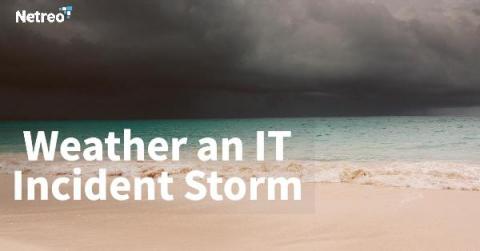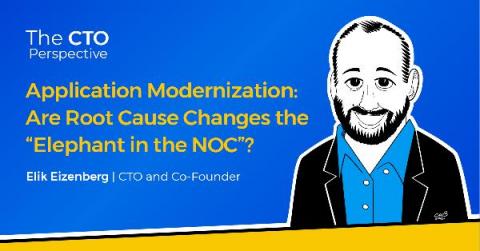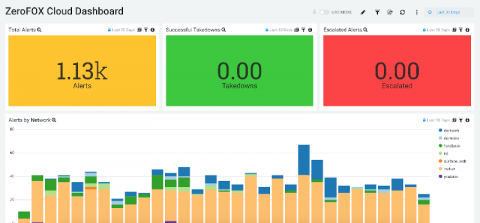Weather an IT Incident Storm
Ever watch news coverage of an incoming hurricane? You’ve got those correspondents out there in the elements, wearing their yellow rain ponchos, fighting the wind, and describing the scene to an audience watching at home. That situation reminds me of life as an engineer managing a large-scale IT infrastructure. Although I’m no longer a sysadmin there were certainly days where I had to put on my metaphorical poncho and weather an incoming storm.











